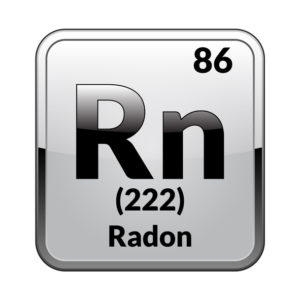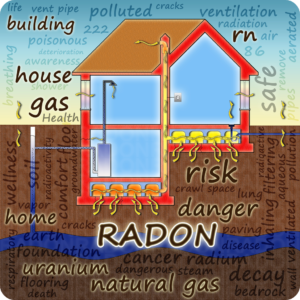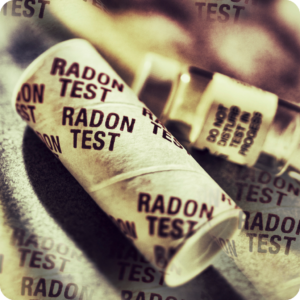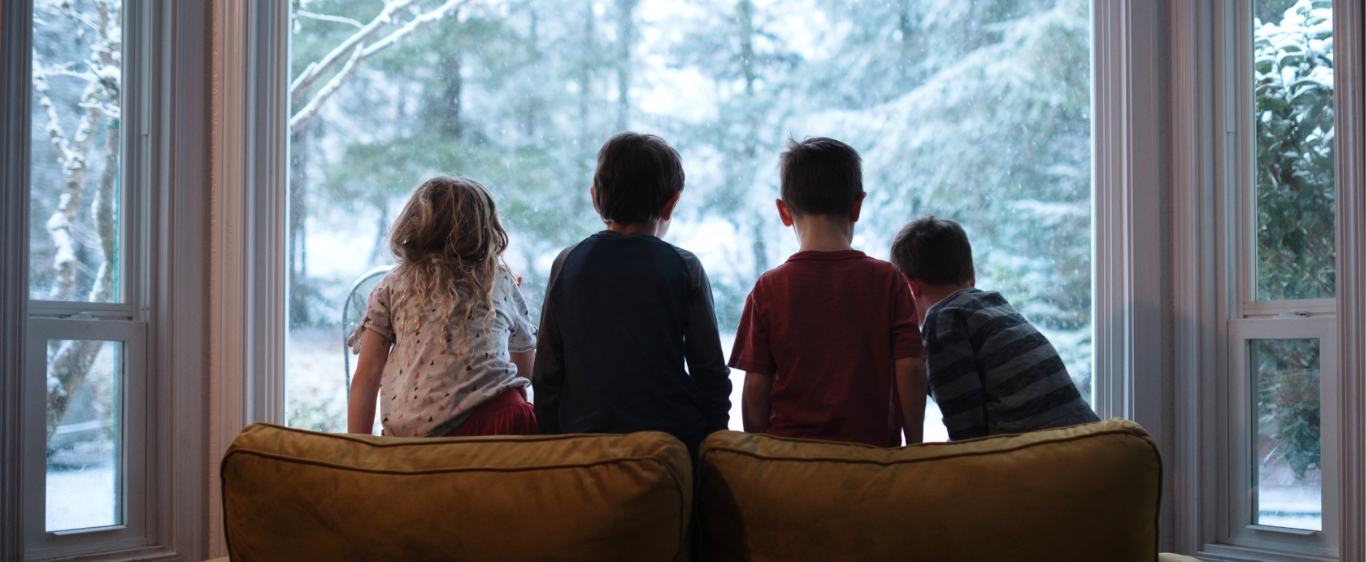
According to Statistics Canada:
- 55% of all Canadian households have heard of radon.
- Approximately 3% of Ontario homes have radon levels above the safety threshold of 200 Bq/m3.
- 6% of households with radon awareness had radon testing within the last 10 years.
- Almost 50% of a person’s lifetime exposure to radiation comes from radon.
Since November is Radon Awareness Month all across Canada, the team at Guelph ClimateCare thought it would be a good time to share information about what radon is, how it’s formed, and the potential hazards associated with it.
What is radon?
Radon, like carbon monoxide, is a gas that’s:
- Colourless.
- Odourless.
- Tasteless.
As mentioned above, almost 50% of your lifetime exposure to radiation will be from radon.
That’s because radon is naturally occurring. Uranium found underground, in rocks, and in water decays. When it does, this uranium releases radon.
Since radon is a gas, it rises through the soil until it reaches the surface. If it escapes from the ground into the outdoor air, it’s not a threat to people. However, radon is a threat in enclosed spaces, like your home.

How does radon get inside your home?
If your home is built over uranium-filled soil, there’s a good chance radon will get inside through certain areas, including:
- Cracks in the foundation.
- Gaps around pipes.
- Floor drains.
- Sump pumps.
Now, all homes (including yours) have some level of radon. But radon that’s trapped in confined spaces like a crawlspace at levels above 200 Bq/m3 is hazardous.
Why is radon dangerous?
Radon is radioactive. And when you breathe in radon gas, here’s what happens (Health Canada):
- The gas breaks down in your lungs.
- Radioactive particles are created.
- Those particles burst and release energy.
That energy sticks to your lung cells. Over time, this radiation will either damage or kill your lung cells outright.
Eventually, prolonged radon exposure can lead to lung cancer. In fact, radon poisoning is the number one cause of lung cancer among non-smokers. (Source: TakeActiononRadon.ca)

What can you do?
First and foremost, you should schedule radon testing from Guelph ClimateCare. A certified radon measurement professional will perform a comprehensive test, which involves:
- Identifying the right location for the test.
- Running the test for 91 days or more to get an accurate picture of your radon levels.
- Returning the test to a radon analytical laboratory to interpret the results.
- Going over your radon test report with you.
If you have low levels of radon in your home, great!
But should your radon levels be higher than 200 Bq/m3, you’ll need to take mitigation and reduction steps.
How do you lower radon in your home?
Your best bet is to use a radon mitigation professional who’ll make recommendations based on how much radon you have and where it’s concentrated.
In the meantime, there are some things you can (and should) do yourself:
- Improve ventilation: Open windows to create a cross-breeze. Leave the doors open, too. Remember, when radon comes into contact with fresh air, it’ll dissipate.
- Install a radon mitigation system: Available from Guelph ClimateCare, these systems are designed to remove existing radon and prevent further radon from entering the home.
Worried about radon in your home? We can help
Radon is all around us. Most of the time, it’s harmless. But if it gets trapped inside your home, it’s quite dangerous.
The only way to know for sure is with radon testing.
Remember, it takes three months to perform a fully reliable radon test. So the sooner you start, the sooner you’ll know if your family is at risk.
Contact the team at Guelph ClimateCare today to book radon testing.








